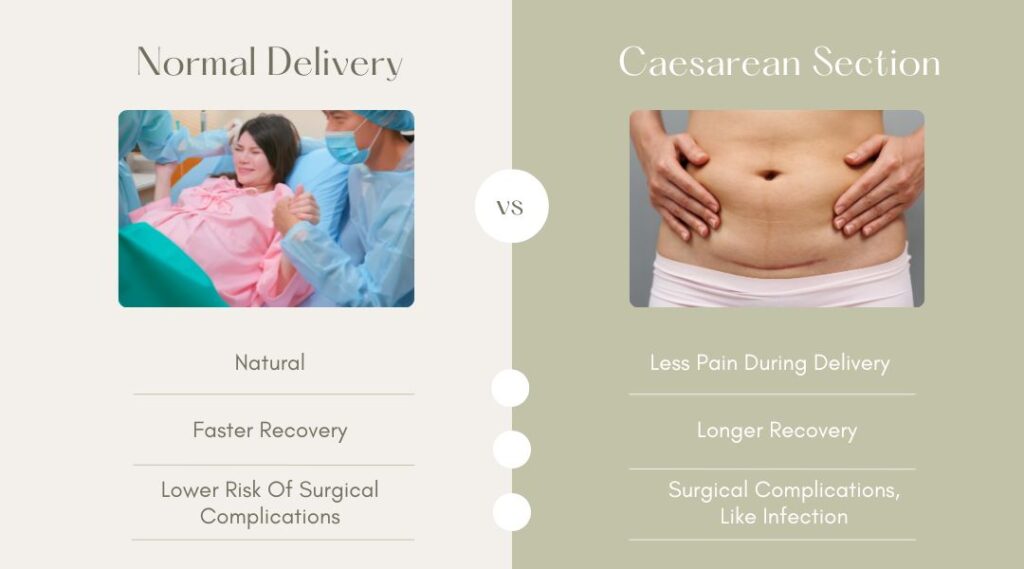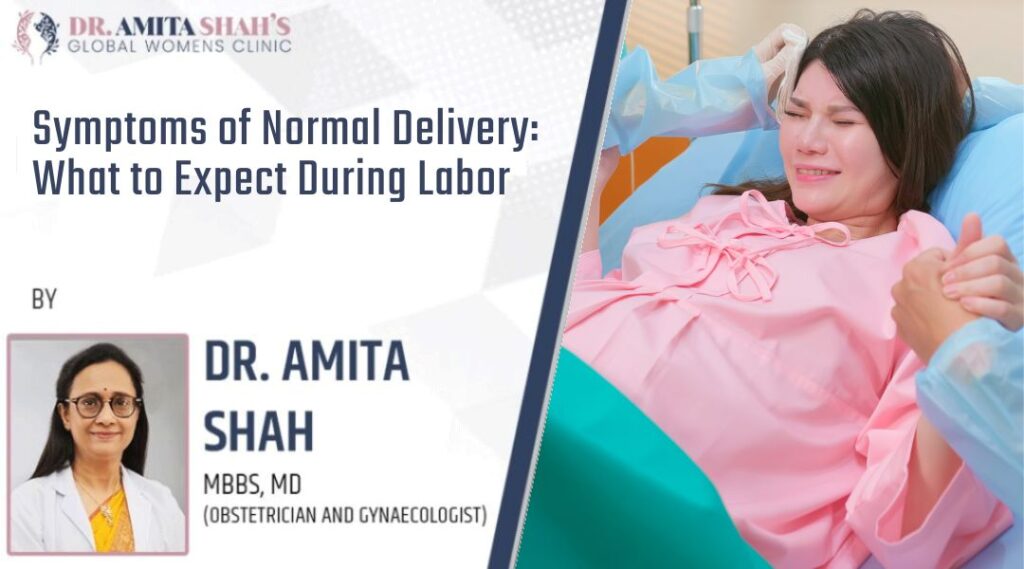Laparoscopy is the most commonly used procedure for diagnosing and treating mild to moderate endometriosis. Instead of making a large abdominal incision, the surgeon inserts a laparoscope, a lighted viewing instrument, through a small incision. If the surgeon requires more access, the doctor will make one or two additional small incisions to insert other surgical instruments. For Laparoscopy in Gurgaon contact Dr. Amita Shah who is one of the best gynaecologists in Gurgaon.

If your doctor recommends a laparoscopy, it will be for one of the following reasons:
Examine the internal organs for signs of endometriosis and other potential problems. Endometriosis can only be diagnosed with certainty in this manner. However, a “no endometriosis” diagnosis is never guaranteed. Growths (implants) can be small or hidden from the view of the surgeon. Remove any visible endometriosis implants or scar tissue that is causing pain or infertility. If an endometriosis cyst is discovered growing on an ovary (endometrioma), it will almost certainly be removed.
Laparoscopy procedure
You should not eat or drink anything for at least 8 hours before your laparoscopy. Laparoscopy is typically performed under general anaesthesia, though you may be able to remain awake if you have local or spinal anaesthesia. The procedure is carried out by a gynaecologist or surgeon.
The abdomen is inflated with gas before a laparoscopy (carbon dioxide or nitrous oxide). The needle-injected gas pushes the abdominal wall away from the organs, allowing the surgeon to see them. The surgeon then examines the internal organs using a laparoscope inserted through a small incision. Additional incisions may be made to insert instruments that will move internal organs and structures to allow for better viewing. The procedure usually takes between 30 and 45 minutes.
If endometriosis or scar tissue must be removed, your surgeon will use one of several methods, such as cutting and removing tissue (excision) or destroying it with a laser beam or electric current (electrocautery).
The abdominal incisions are closed with a few stitches after the procedure. Scarring is usually minimal or non-existent.

What to Expect Following Surgery
Laparoscopy is typically performed as an outpatient procedure. Sometimes surgery necessitates a one-day hospital stay. You should be able to resume your normal activities within a week, if not sooner.
Why Is It Done This Way?
Laparoscopy is a surgical procedure used to examine the pelvic organs and remove implants and scar tissue. This procedure is commonly used to check and treat:
1. Severe endometriosis and scar tissue that may be interfering with internal organs such as the bowel or bladder.
2. Endometriosis pain that has persisted or returned following hormone therapy
3. Excruciating endometriosis pain (some women and their doctors choose to skip medicine treatment).
4. ovarian endometriosis cyst (endometrioma).
5. Endometriosis may be a cause of infertility. Any visible implants and scar tissue are usually removed by the surgeon. This has the potential to improve fertility.
Endometriosis can only be diagnosed by directly inspecting the pelvic organs. However, this is not always required. Hormone therapy is frequently prescribed for suspected endometriosis.
How Effective It Is
Pain alleviation
Surgery, like hormone therapy, relieves endometriosis pain in the majority of women. However, it does not guarantee long-term results. According to some studies:
1. The majority of women—60 to 80 per cent of the time—report pain relief in the first few months after surgery.
2. More than half of all women experience a recurrence of symptoms within two years of surgery. This figure rises over time.
3. According to some studies, using hormone therapy after surgery can extend the pain-free period by preventing the growth of new or returning endometriosis.
4. If infertility is your primary concern, your doctor will most likely use laparoscopy to detect and remove endometriosis. The removal of mild endometriosis does not improve fertility, according to research.
Surgery will improve your chances of pregnancy if you have moderate to severe endometriosis.
In some extreme cases, a fertility specialist may advise against surgical removal and instead use in vitro fertilisation.
Following a laparoscopy, your next steps will be determined by the severity of your endometriosis and your age. With each passing year after the age of 35, egg quality deteriorates and the risk of miscarriage rises. In that case, your doctor may advise you to seek infertility treatment, such as fertility drugs, artificial insemination, or in vitro fertilisation. Consider trying to conceive without infertility treatment if you are younger.
Endometrioma
Endometriomas can be surgically treated in a variety of ways, including draining, cutting out a portion of it, or completely removing it (cystectomy). Most women benefit from one or more of these treatments, but not all. Cystectomy is most likely to relieve pain for a longer period, prevent an endometrioma from regrowing, and eliminate the need for additional surgery.
Risks
Complications from surgery are uncommon, but they do include:
1. Infection of the uterus.
2. Uncontrollable bleeding necessitates a larger abdominal incision (laparotomy) to stop the bleeding.
3. Formation of scar tissue (adhesion) following surgery.
4. Bowel, bladder, or ureteral damage (the small tubes that carry urine from the kidneys to the bladder).
Bowel, bladder, or ureteral damage (the small tubes that carry urine from the kidneys to the bladder).
When compared to open abdominal surgery, the advantages of laparoscopic surgery include less tissue trauma and scarring, smaller incisions, the ability to have an outpatient procedure or a shorter hospital stay, and a shorter recovery time.
When surgery is used to treat endometriosis, which causes infertility, the surgeon’s skill is critical. The use of a laparoscope, lasers, and some surgical procedures necessitate additional training for a surgeon. Pregnancy rates after endometriosis surgery vary according to doctors.
In vitro fertilisation (IVF), an assisted reproductive technology is an alternative to surgery for treating endometriosis-related infertility.
































